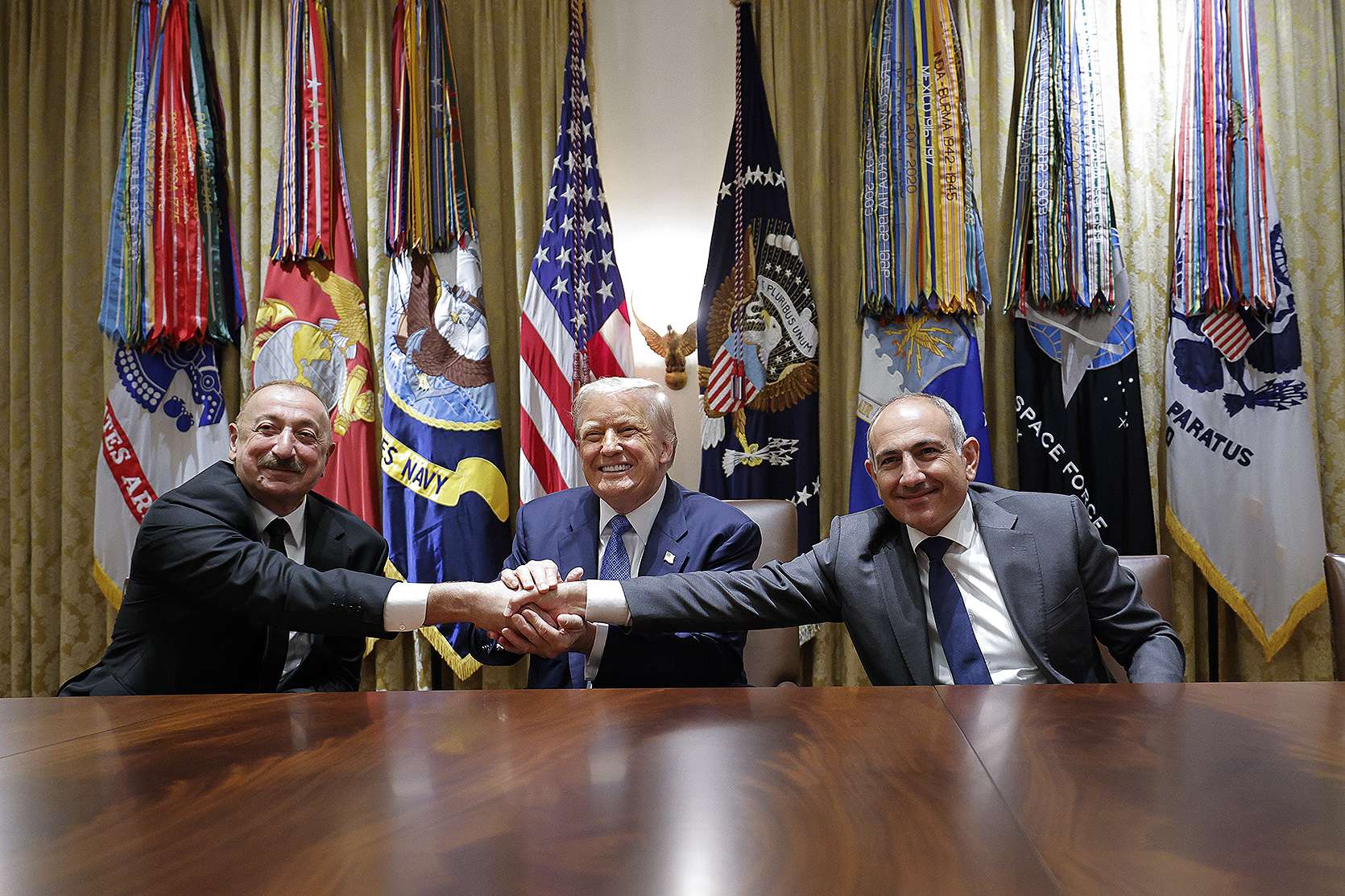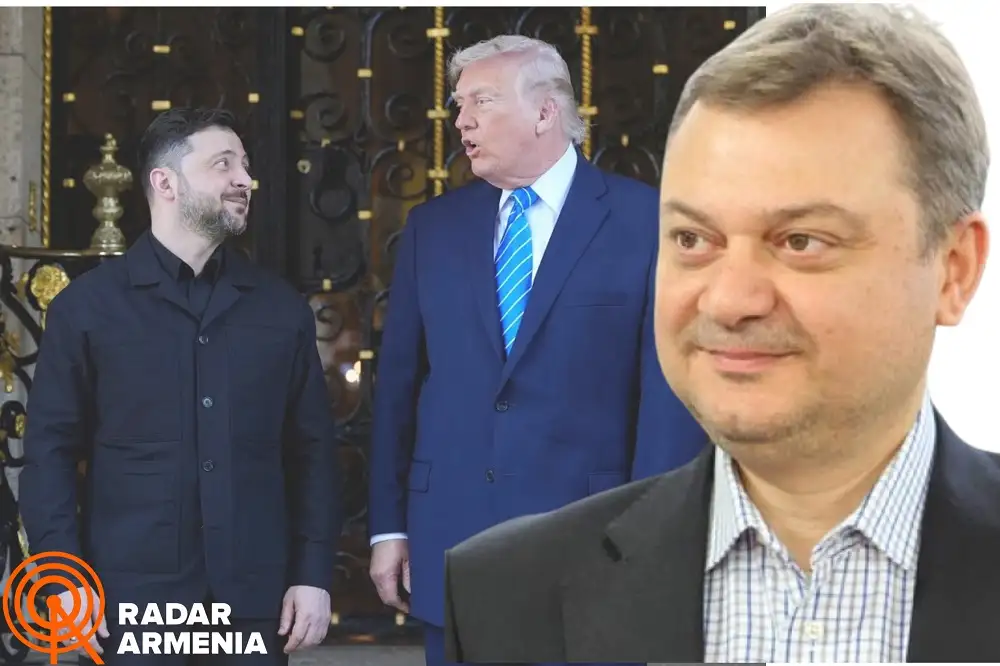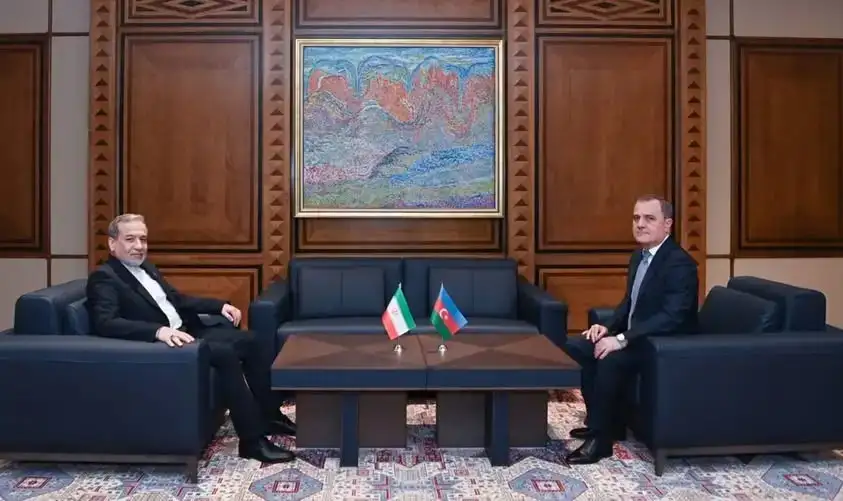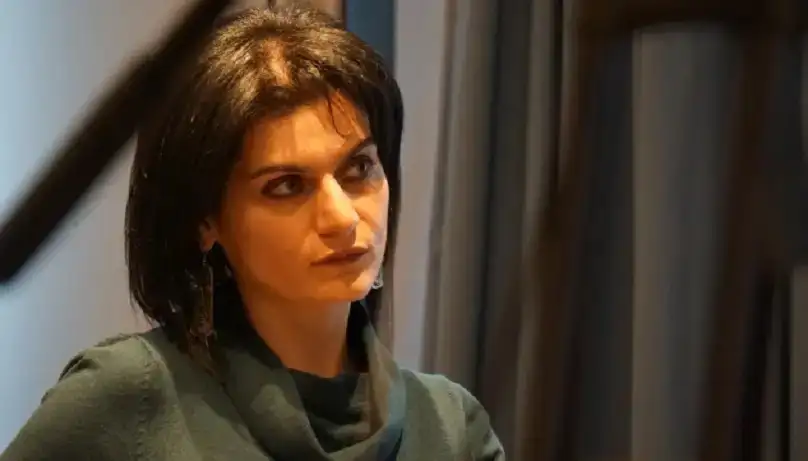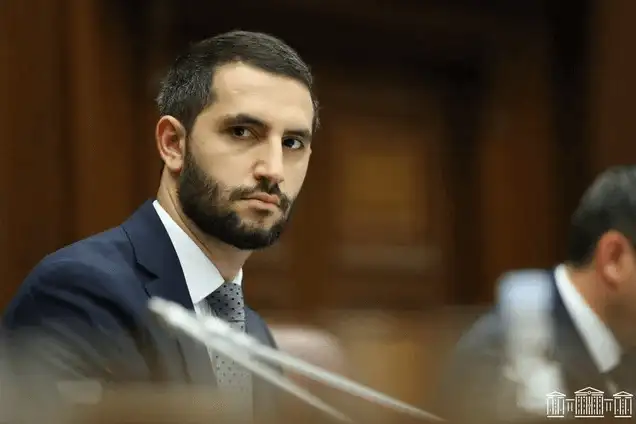The trilateral meeting of the leaders of Armenia, Azerbaijan, and the United States held in Washington on August 8, 2025, and the signing of several declarative documents created a new reality in the South Caucasus.
Washington's playing cards for Armenia
1. A new military-political and economic-political situation is forming in the South Caucasus, where Armenia and Azerbaijan are making the United States a strong player. Armenia's desire for such a situation was fixed at the beginning of this year, when the Armenian-American strategic partnership document was signed in Washington. The novelty here was Baku's positioning.
2. Armenia, through the Washington processes, is breaking through the 3+3 Russian-Turkish regional format imposed on Armenia and turning it into something meaningless and inefficient. It is no longer possible to ignore the American factor here, and Baku, which was the initiator of the 3+3 format, itself became its gravedigger due to the diplomatic war with Russia.
3. Armenia is trying to implement a model of conflict resolution that was the basis for the creation of the European Union: "regulation through economic cooperation." The only difference is that here the basis is not the mutual desire of the parties to cooperate, but the involvement of the United States as a direct investor and a potential guarantor of the security of these investments. Especially if the promises to create energy transit infrastructure through Armenia are fulfilled, Armenia will use them as a tool to alleviate absolute dependence on Russian energy carriers and achieve real energy diversification.
4. The United States gives enormous political potential to the "Crossroads of Peace" program put forward by Yerevan, expressing its willingness to invest in it. This can create the prerequisites for turning Armenia into a communication hub. Armenia can partially take away the status that Georgia has been making for itself for decades, reaping those dividends at the expense of the Armenian-Azerbaijani conflict.
In Armenia, however, at the public level, the most critical question remains to what extent this process makes long-term peace a reality, excluding new strategic losses.
The prospect of peace
The Washington processes create a prerequisite for the formation of a new, more comfortable environment for the reduction of regional tensions.
Of course, the initialing of the agreement is not yet a signature. Even the signing cannot be a guarantee of peace, since there is no trust in Azerbaijan. In Baku's case, the restraining ring has always been external, and substantial political control over the fulfillment of its obligations. It is precisely the absence of this that has allowed Baku to be so rampant to this day.
The US, represented by President Trump, is effectively sending a message that in exchange for the launch of the Azerbaijan-Nakhichevan route through Armenia's sovereign territory, Washington is assuming the role of that "gendarme" towards Azerbaijan. This, of course, is not a good day for Armenia. Because the gendarme also needs to be paid for his work. However, by maintaining jurisdiction over its territory's communication infrastructure, which holds a cornerstone value in these Washington processes, Armenia can strengthen its subjectivity significantly. Something that was missing in the previous route or peace simulations.
New opportunities, new problems
Of course, these historical processes also open a new front of diplomatic work for Armenia. As they say, the devil is in the details.
A. The trilateral declaration solemnly signed in the White House states that Armenia will receive "mutual advantages" in exchange for ensuring a safe Azerbaijan-Nakhichevan route. It is unclear whether these advantages are equivalent to unimpeded access. If, for example, Azerbaijan unilaterally, for some artificial reason, creates an obstacle to the movement of Armenian vehicles through its territory to Syunik or Iran or Russia, will Armenia be able to take similar countermeasures in the case of Azerbaijani communications through its territory? This depends on the extent to which the state bodies of Armenia are sufficiently independent in controlling the channels through which Azerbaijanis will communicate. In other words, this is no longer an Armenian-Azerbaijani issue, but an Armenian-American one.
B. What will be the reaction of Iran and Russia to these Armenian-Azerbaijani steps to open the doors of the South Caucasus to the United States, and to what extent is Yerevan ready for them?
The Armenian authorities have already officially invited the Iranian president to visit Armenia. This is a serious opportunity to discuss the real goals of these steps in detail at a high level and assess whether they are anti-Iranian. Such a practical implementation of the "Crossroads of Peace" project also creates new railway and highway routes to the north and west for Iran, reducing its dependence on Baku in this regard. However, Yerevan's task will be to justify the creation of additional security guarantees by strengthening the American factor in the region, which is not a threat to Tehran but an opportunity with concrete economic dividends. And it is not excluded that concrete proposals for the investment involvement of the Iranian side in the "Crossroads of Peace" project will be presented by Yerevan.
The case of Russia, which finds itself "out of the game" and loses one of its most serious political levers of influence in the region, seems more complicated. It is difficult to discuss economic benefits with Russia when they are faced with the reality of strategic loss. This is a serious challenge for Yerevan.
C. Point 4 of the Washington Trilateral Declaration stipulates that "the Republic of Armenia will work with the United States of America and mutually agreed third parties to define the framework for the implementation of the 'Trump Route for International Peace and Prosperity' (TRIPP) communication program on the territory of the Republic of Armenia. Prime Minister Pashinyan's further clarifications gave the impression that the mention of third parties here refers only to potential investors. But how can it be ruled out that both Turkish and Azerbaijani companies could seek to act as such third parties? The issue is not about banning Turkish-Azerbaijani capital in general, but about excluding such volumes of it that could pose a threat to Armenia's economic sovereignty. In this sense, too, a new homework assignment for Yerevan in terms of protecting its interests opens up.
However, it is important to note that this point of the declaration refers to the involvement of "mutually agreed" third parties. This is perhaps a formulation by which Yerevan has tried to minimize the risks of the US separately delegating its regional assets to Turkey. Any such initiative will be illegitimate from the outset.
D. No less important is what will happen to the EU monitoring group in Armenia, whose mere presence in Armenia, local time, had become an important component of relative border stability, and as such, a thorn in Baku's side.
After the Armenians were expelled from Nagorno-Karabakh, Baku announced that the OSCE Minsk Group had nothing more to do, the conflict was resolved, and it reached the point that a joint application was addressed to the Minsk Group countries in Washington with Yerevan on its dissolution. It is likely that, referring to the Washington declarations, Baku may also demand the termination of the European Monitoring Mission in Armenia tomorrow.
E. The question also remains as to the logic behind the delimitation and demarcation of the Armenian-Azerbaijani borders, and what role will be assigned not only to Russia, but also to the United States in this process. Moreover, this issue is also relevant in the sense that before opening communications, there must first be clear borders.
In other words, Washington is bringing a huge amount of new work to the surface: the devil is in the details, and they must be eliminated.
Gor Abrahamyan




